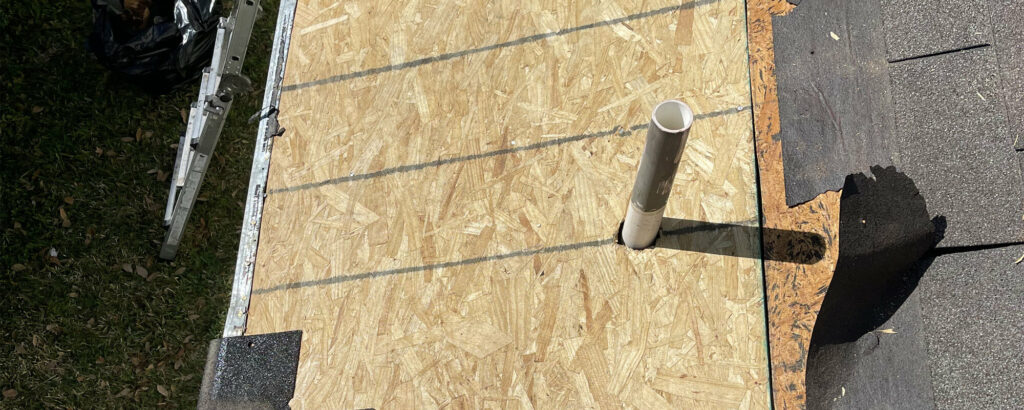Low-slope PVC roofing is a type of synthetic construction material that is used for protecting the roofs of buildings from the elements. It comes in four different profiles and is available in two main styles: single-ply and double-ply. There are several different types of low slope PVC roofing that you can use on your property, but it all depends on your specific needs. If you’re not sure which type is right for you and your home, we’ll go over some quick tips here. Keep reading to learn more.
What are the different types of low-slope PVC roofing?
There are three main types of low-slope PVC roofs: single-ply, double-ply, and triple-ply. The type of PVC roofing you choose will depend on its thickness, coverage, and the type of weather you’re trying to protect against. Single-ply Low-slope PVC Roofing – This is one of the thinnest types of low-slope PVC roofs. It’s going to be used mainly for residential and light commercial buildings. This type of PVC roofing is great for areas that don’t see a lot of heavy weather. It’s not really meant for areas that get a lot of snow or heavy rain. Double-ply Low-slope PVC Roofing – This is going to be a little bit thicker than single-ply PVC. Double-ply is great for areas that see a lot of heavy weather, but aren’t in a heavy snow area. Triple-ply Low Slope PVC Roofing – This is a very thick low-slope PVC roofing. It’s often used for heavy commercial buildings and areas that get heavy snow. This type of PVC roofing is also great for areas that get a lot of hail. Quadruple-ply Low Slope PVC Roofing – This is the thickest type of low-slope PVC roofing. It’s great for areas that see hail and have heavy weather, especially in the winter. This type of PVC roofing is also best for areas that get a lot of snow. High-Slope vs. Low Slope: Which is right for you? You’ll want to decide between high-slope and low-slope PVC roofs based on your region and the type of weather you see. If you live in a region that sees a lot of hail or heavy snow, you’ll want to go with a low-slope PVC roof. Otherwise, a high-slope PVC roof may be a better choice. You’ll want to make sure you check the manufacturer’s recommendations though, as each company may have different requirements for what types of roofs they can make.
Benefits of using low slope pvc roofing
Low-slope PVC roofs are very easy to install and maintain, which is another reason why they’re so popular. Since low-slope PVC roofs are so easy to install, it’s a great option for contractors looking for something that’s easy to do. They’re also very easy to repair, as the damage can be done from the inside, which can save you a lot of money on repairs. PVC roofs are also great at protecting against water infiltration. They’re very durable and long-lasting and will last the lifetime of most buildings. The best part is that you can get these roofs in many different colors, so you can really customize the look of your home. They’re also very lightweight, which makes it easier to install them on roofs. PVC roofs are also very energy efficient, which can help to lower your energy bills. They also come with a 50-year warranty, which is great if you have any issues with the roof in the future.
Is it worth the price?
PVC roofs are a little bit more expensive than other types of roofing, but they last much longer and can help to lower your energy bills. If you’re going to be living in the same house for a long time, it may be worth it to spend the extra money on a PVC roof. It’s also a great option if you want to add a little bit of style to your house. You can get PVC roofs in many different colors, including two-tone, so you can really customize the look and make it your own.
